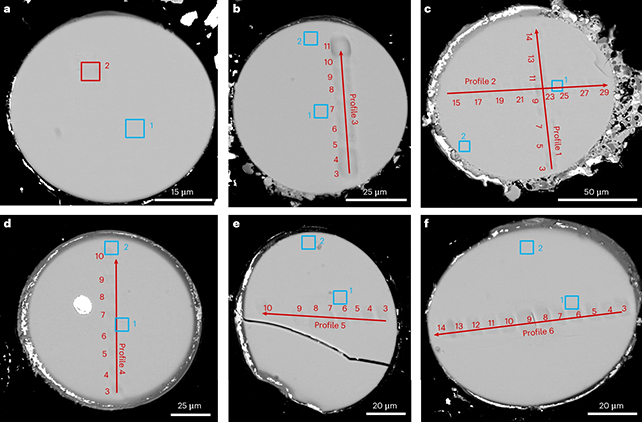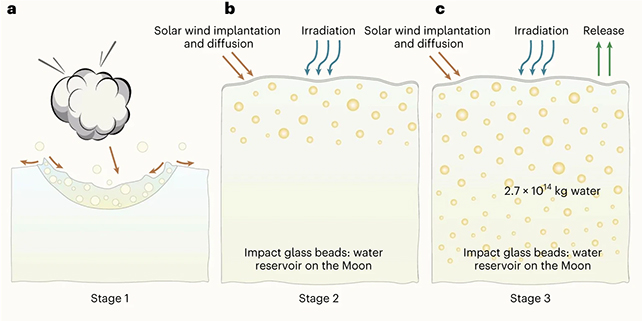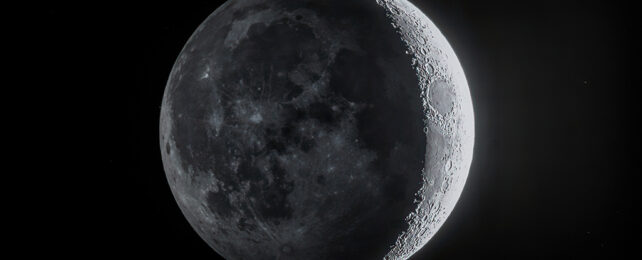We know there's water on the Moon, but questions remain about how it got there, where it's stored, and how it moves around. In a new study, scientists from China have identified tiny glass beads in the lunar soil as potential places where water could hide.
And we're talking about a lot of water too, perhaps as much as 270 trillion kilograms (297.6 billion tons) of the stuff.
The new findings are based on samples brought back from China's Chang'e 5 rover mission. The spacecraft spent a couple of weeks collecting material from the lunar surface in December 2020, and we've already seen exciting new discoveries from subsequent analysis.

Microscopic glass beads typically form as bits of space rock smack into another object's surface, vaporizing minerals which can cool into vitreous particles barely a few tens or hundreds of micrometers across. Past studies on beads found in Apollo lunar samples helped overturn prior assumptions on the dryness of the Moon.
Current research suggests a good proportion of the Moon's water is produced with a little help from the Sun's winds, as hydrogen ions from these showers of solar particles bond with oxygen already stored in lunar soil.
The reservoir of water potentially represented by these beads could potentially play an important part in the lunar water cycle, according to the researchers behind this latest study. As some water gets lost to space, it can be replenished by the stores held in the amorphous impact glass.
"The impact glass beads preserve hydration signatures and display water abundance profiles consistent with the inward diffusion of solar wind-derived water," the researchers write in their recently published paper.

Each glass bead is capable of holding up to 2,000 micrograms (0.002 grams) of water for every gram of the particle's mass. Based on a hydration signatures analysis, the scientists think the beads can accumulate water in the span of just a few years.
"This short diffusion time indicates that the solar wind-derived water can be rapidly accumulated and stored in lunar impact glass beads," write the researchers.
This is all very useful to know when it comes to supporting Moon missions and bases. Being able to tap into this vast reservoir of water could make living on the lunar surface for extended periods of time much more comfortable.
What's more, the scientists say that other "airless bodies" like the Moon could be storing water in their surface layers in the same way. Expect more discoveries along these lines as the samples from Chang'e 5 continue to get analyzed.
"These findings indicate that the impact glasses on the surface of the Moon and other airless bodies in the Solar System are capable of storing solar wind-derived water and releasing it into space," says geophysicist and study co-author Hu Sen from the Chinese Academy of Sciences.
The research has been published in Nature Geoscience.
